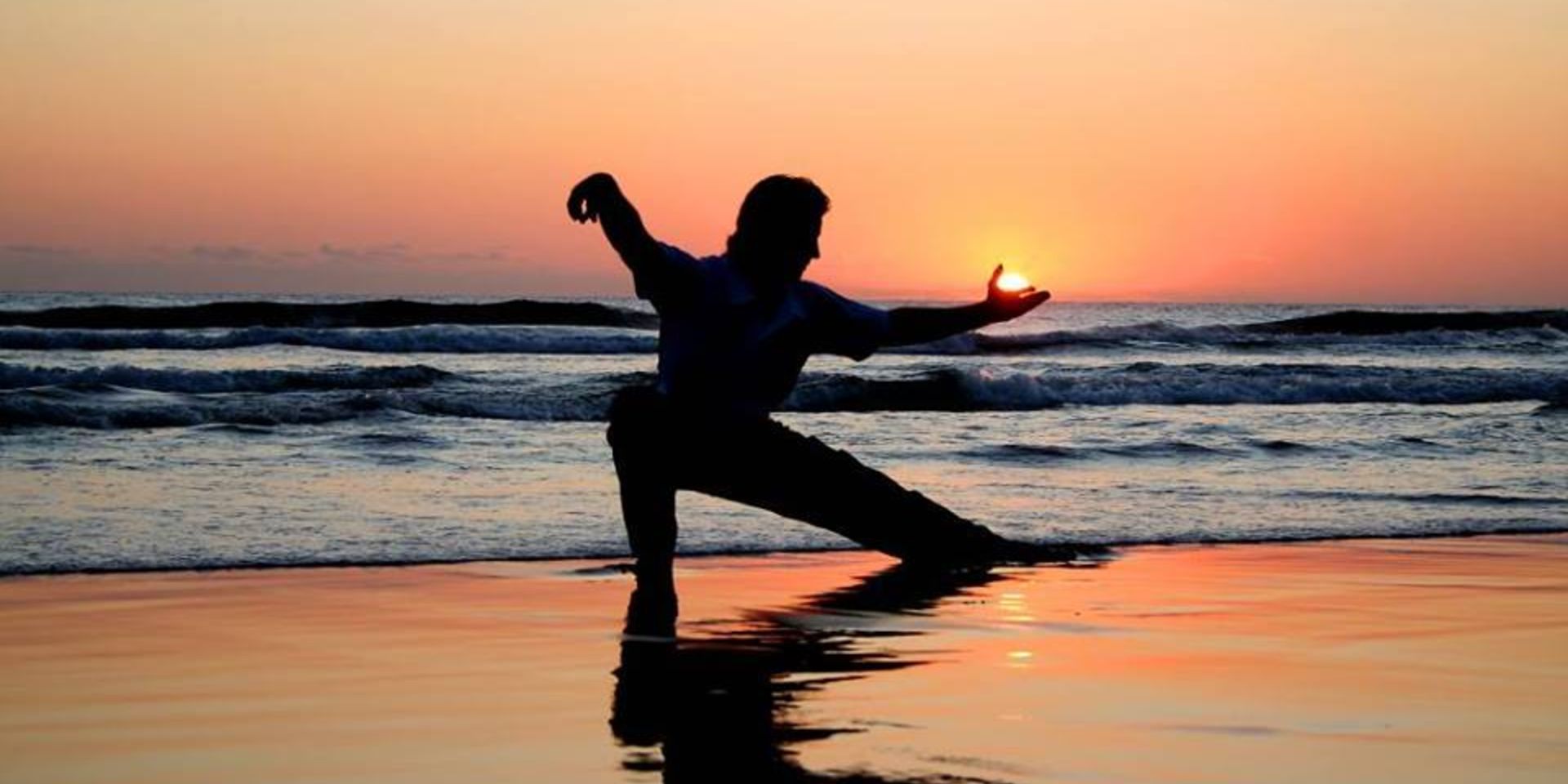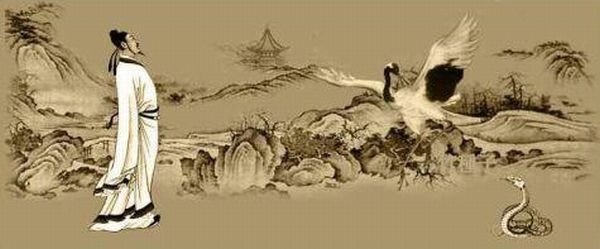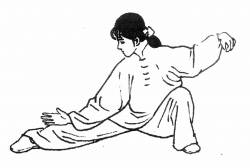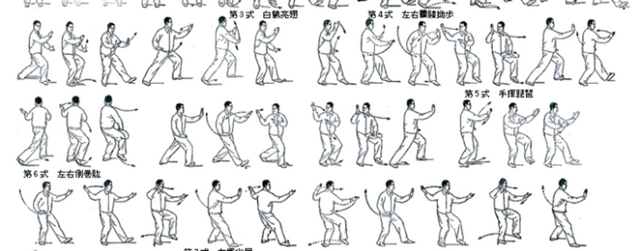Historical facts about Tai Chi Chuan (Taijiquan)
The origins of taijiquan (tai chi chuan) are lost in the centuries of Chinese martial arts tradition. Indeed, although its practical schematic is relatively recent, the principles inspired by it originate in Chinese prehistory.

The martial arts from which originated are most likely the soft techniques of the Shaolin Buddhist temple and especially the Taoist Wudang Temple. Even the figure of the alleged founder Zhang Sanfeng (from literary translation: Zhang three Cime, name derived from the mountain range on which the Wudang monastery stood) could be attributed to various historical figures all Taoists who lived between IX and XVI century AD , that is, between the Sung and Ming dynasties.
Even on creating the style, legends are many. In one of these, the Taoist Master elaborated the taijiquan after having witnessed the attack of a Crane to a Snake, which escaped using circular movements, slow and continuous, and counterattacking fast-paced.
In another legend, Zhang Sanfeng, one night he dreamed of taijiquan.

There is also the possibility that subsequently taijiquan practitioners would want to give birth to a legendary Taoist Master. The only historical records documented date back to the early 1800's, when taiji was taught only to members of the Chen family, who lived in a village called Chen Jia Gou in Honnan Province. Founder of this family was Chen Wang Ting.
If the situation remained, the taijiquan would probably be lost, but it is thanks to Yang Lu Chang, a servant of the family, that the taijiquan spread. After learning about art and style, he moved to Beijing where he founded his own school, and here he became famous for having been challenged by many martial arts masters, never to be defeated, so much to gain the nickname of "No Rivals." His fame led him to teach the Imperial Court and several members of the imperial family itself, a great honor reserved for a few that allowed him to increase the spread of his art.
It is probably from this moment that the name taijiquan (tai chi chuan) begins to appear: it seems that intellectuals and wise men present at court, after seeing Yang Lu Chang's martial practice, have coined this definition, since the soft and circular movements well represented the principles of taiji (tai chi), and thus literally changed the name of this art, since the family Chen subsequently adopted that name.

Yang Lu Chan's three sons, Yang Ban Hou, Yang Feng Hou, and Yang Jian Hou, also contributed significantly to the spread and the elaboration of art.
He was, however, the third son of Yang Jian Hou, Yang Cheng Fu (1883-1936), who, after teaching in Beijing, moved to large centers such as Nanjing, Shanghai, Hangzou, and tirelessly traveling, introduced and spread taijiquan throughout China.
One of the reasons for his notoriety was the simplification and stabilization of the family style, which was modified to be easily learned by people of all ages, and spread its use as a therapeutic art.
In addition to the Yang family school, the Chen family has spread the styles of other families, including Sun's most prestigious Sun Creator (founder Sun Lu Tang) and Wu (founder Wu Jian Quan).

After the advent of the People's Republic of China, taijiquan taichi was further modified and simplified to facilitate its learning to the great masses and to propose teaching in hospitals as complementary therapy to traditional Chinese medicine. Only in recent years there has been a search and recovery of tai chi chuan as martial art in its more traditional content.
@kakaroth got you a $7.72 @minnowbooster upgoat, nice! (Image: pixabay.com)
Want a boost? Click here to read more!